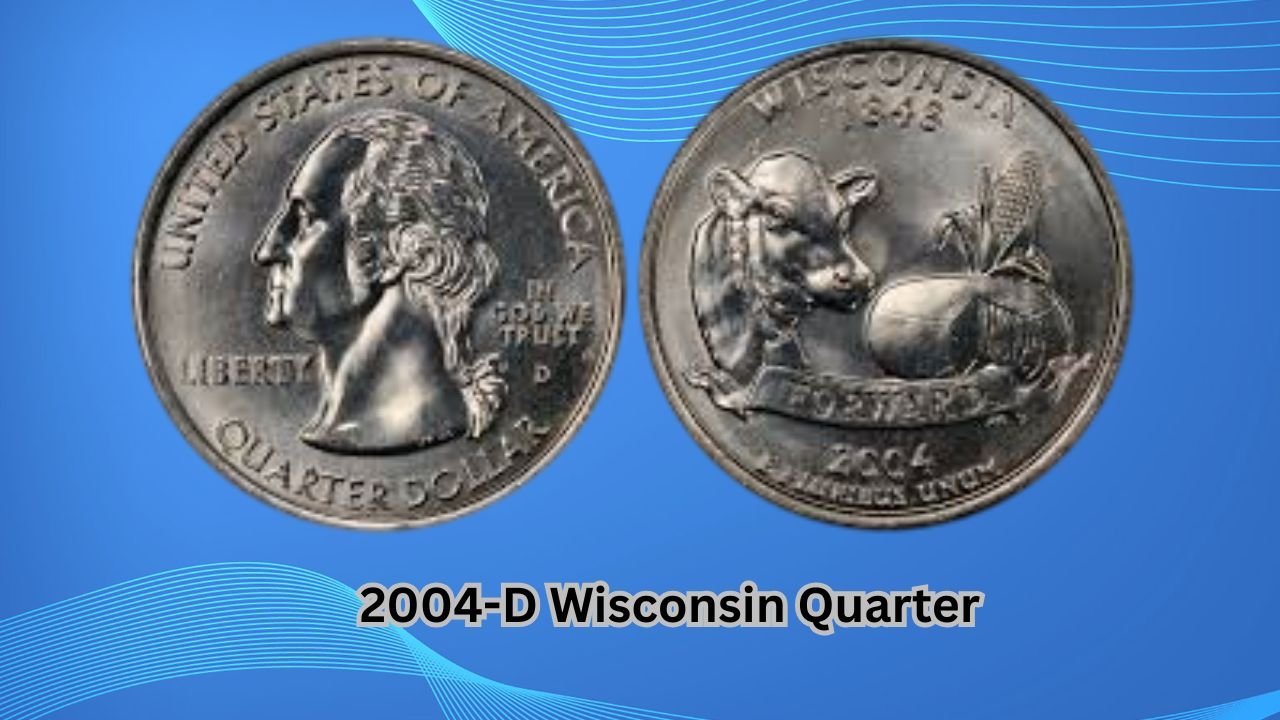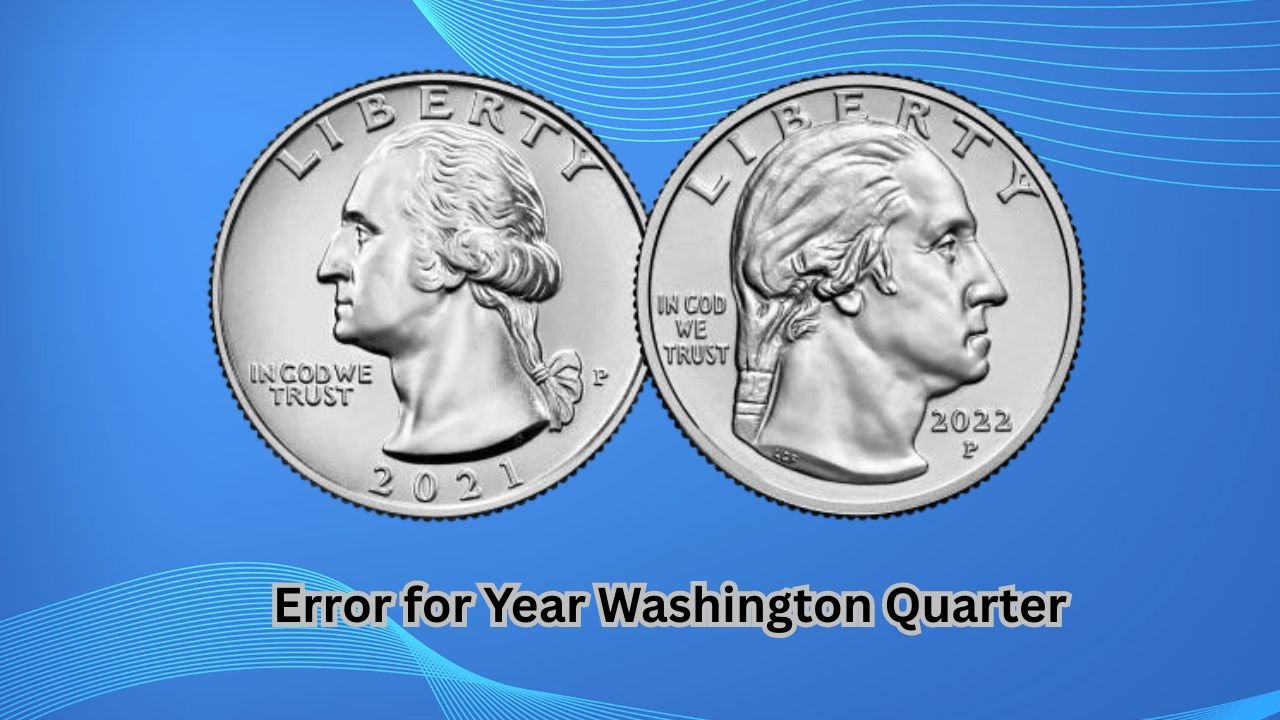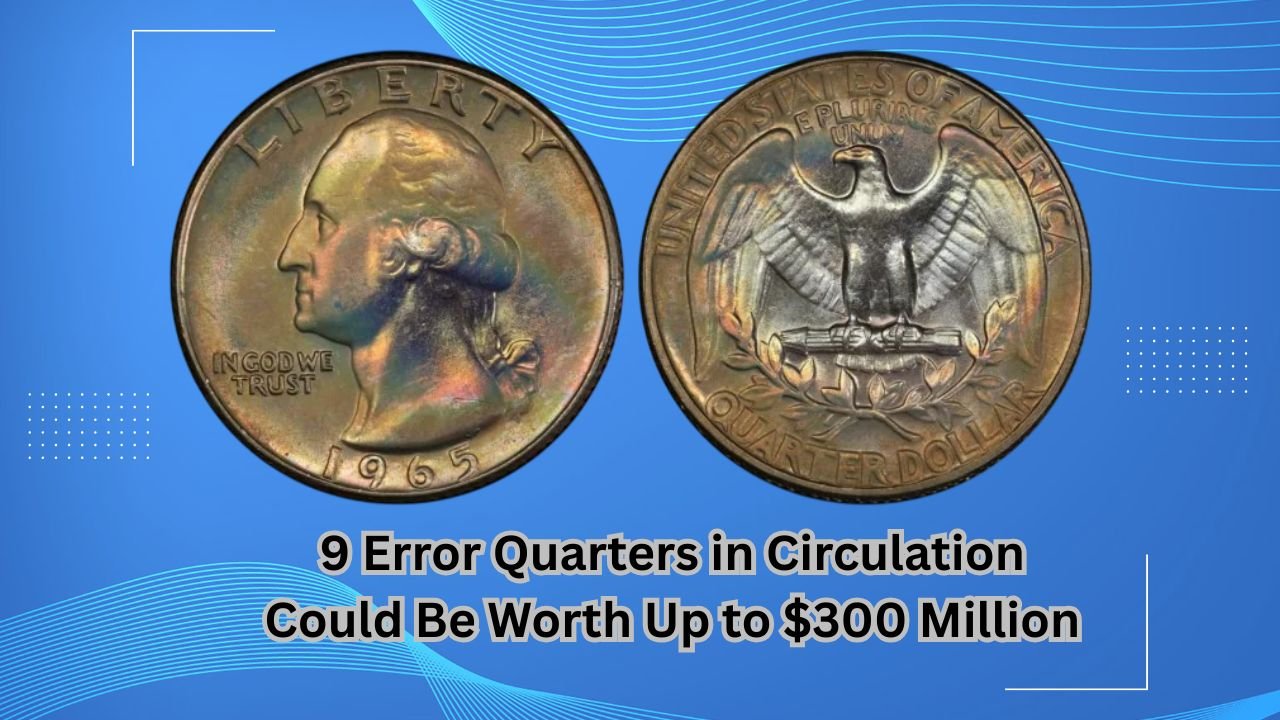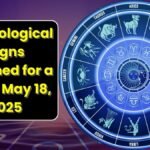9 Error Quarters Worth as Much as $300 Million and Still in Circulation: Coin collectors and ordinary people both live for that moment when they find an error coin in circulation. Of error coins, error quarters are among the best numismatic gems.
Thousands or even millions of dollars can be yours due to a rare error in the minting process with these very rare and valuable coins. Some error quarters value can reach as high as $300 million, and then the icing on the cake-they could still be lying anywhere in your pocket change!
Continue reading this article to learn about all nine uncommon error quarters you might find circulating, along with their identifying features. If fate smiles upon you and you should find one, you may find that it contains a life-altering discovery in store for you.
1970-S Proof Washington Quarter
(Overstruck on a 1941 Canadian Quarter)
Mistakenly struck over a 1941 Canadian quarter, one of the most famous error quarters is the 1970-S proof Washington quarter. Such a strange blend of coinage between two different countries makes the coin very rare and valuable. You might also be able to see some remnants of the underlying design on the coin if you look closely through a magnifying glass.
2004-D Wisconsin Quarter
(Extra Leaf Error)
The 2004-D Wisconsin state quarter contains a sixth leaf on the corn stalk that is not supposed to be there due to an unusual minting error. This error comes in two “flavors”: the “high leaf” and the “low leaf”. These quarters sell for thousands, depending on their condition.

1999-P Connecticut Quarter
(Broad struck Error)
Generally, broad struck error is an occurrence when coin minting occurs without a properly seated collar die, thus resulting in an unusually wider coin with a rim not fully defined. Most of the 1999-P Connecticut quarters with this error were fetched at auction for a very high amount.
1983-P Washington Quarter
(Double Die Reverse)
The 1983-P Washington quarter has a very obvious double die error on the reverse, resulting in letters and designs appearing doubled. Very rare error coins such as this are highly sought after by collectors and can be worth thousands of dollars if found in mint condition.
2005-P Minnesota Quarter
(Double Die Error)
The double die errors could be easily found on the reverse of some 2005-P Minnesota quarters, especially on trees drawn close to the outline of the state. This rare type has made very impressive amounts in auction sales, making it a great find in circulation.
Error for Year Washington Quarter
(Silver Composition Error)
The U.S. Mint transitioned from 90% sterling silver quarters into copper-nickel clad coins in 1965, but some of the 1965 quarters struck on silver planchets. If you find a 1965 quarter that weighs about 6.25 grams instead of the standard 5.67 grams, you may have found a rare silver error quarter that could fetch a fortune.

The 2000-P South Carolina Quarter
(Struck on Experimental Planchet)
In the early 2000s, the U.S. Mint played around with various substances in making the states quarters. A few 2000-P South Carolina quarters were mistakenly struck on experimental planchets, producing coins with an odd color and texture. These quarters have sold at auction for tens of thousands of dollars.
1976 Bicentennial Quarter
(Double Die Obverse)
The Bicentennial quarter issued in 1976 became famous among collectors, but some of those quarters had a double die obverse error that caused a doubling effect on the inscriptions. These error coins can attract thousands of bucks especially in good grade.
1995-P Washington Quarter
(Misaligned Die Error)
A misaligned die error refers to coins that are struck off-center because of improper die alignment. Some of the 1995-P Washington quarters found exhibit severe misalignments, making them very collectible and valuable.
How Do you Determine the Error Quarters?
If you want to begin the hunt for these rare quarters in your pocket change, here are the steps you should follow:
- Magnifying Glass: Many error details are small and require magnification to see.
- Check for Doubling: Look for overlapping or double inscriptions.
- Weigh your coins: Some errors are onboard coins struck on the wrong metal, and this is where a precision scale comes in handy.
- Look at the Edge: Some errors can be related to missing rimming or wrong reeding (the grooves on the edge of the coin).
- Compare With Standard Coins: Have a reference of regular quarters against which you can compare the apparent errors.
Where you Can Sell Your Rare Error Quarter
If you think you have a very rare error quarter, you should have it appraised by a coin grading service such as PCGS or NGC. You can then sell your valuable coin in:
- Online sites (eBay, Heritage Auctions, Great(Collections)
- Local Coin Shops
- Coin Shows and Collector Conventions
Final Thoughts
Rare error quarters are those hidden treasures that could even be in circulation today. Whether you’re a long-time collector or simply a casual observer, looking through your spare change could result in some amazing find. Pay careful attention to these nine rare error quarters, and maybe you will discover a coin worth millions!
FAQS:
What are some examples of valuable error quarters?
Examples are the 2004 Wisconsin Extra Leaf Quarter, the 1999-P Connecticut Broadstrike Error, the 2005 Kansas “In God We Rust” Quarter, and other misstruck or doubled die quarters.
What should I do if I believe that I have a rare error coin?
Don’t clean the coin and get it professionally graded or appraised. This maintains its potential value as well as originality.
How do I sell a rare quarter if I own one?
You can market it via auction firms, coin merchants, internet websites (such as eBay), or through specialized coin shows and collector networks.










